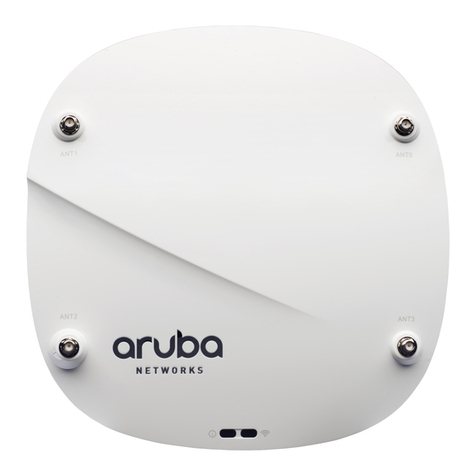
Toc-iii
IM 01W02E01-01EN
PART-C. INSTALLATION
C1. Installation Environment .......................................................................C1-1
C2. Power Supply and Grounding ..............................................................C2-1
C2.1 Power Supply ................................................................................................. C2-1
C2.2 Grounding ....................................................................................................... C2-1
C3. Requirements for Installation ...............................................................C3-1
C3.1 Requirements for Installation Locations ..................................................... C3-1
C3.2 Notes on Installation ...................................................................................... C3-2
C4. Mounting .................................................................................................C4-1
C5. Wiring .......................................................................................................C5-1
C5.1 Power Supply Cable Connection ................................................................. C5-1
C5.2 Grounding Cable Connection ....................................................................... C5-3
C5.3 Network Cable Connection ........................................................................... C5-4
C5.3.1 Metal Network Cable Connection ................................................... C5-4
C5.3.2 Optical Network Cable Connection ................................................. C5-5
C5.4 Installation and wiring of Antenna ............................................................... C5-7
C5.4.1 Mounting ISA100.11a antenna to YFGW510 ................................. C5-7
C5.4.2 Remote Installation and Wiring of ISA100.11a Antenna ................ C5-8
C5.4.3 Installation and Wiring of Wireless LAN Antenna ......................... C5-12
C6. Explosion Proof Wiring ..........................................................................C6-1




























